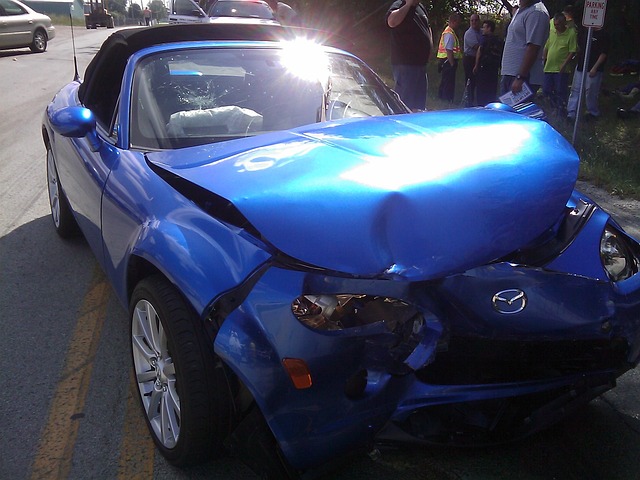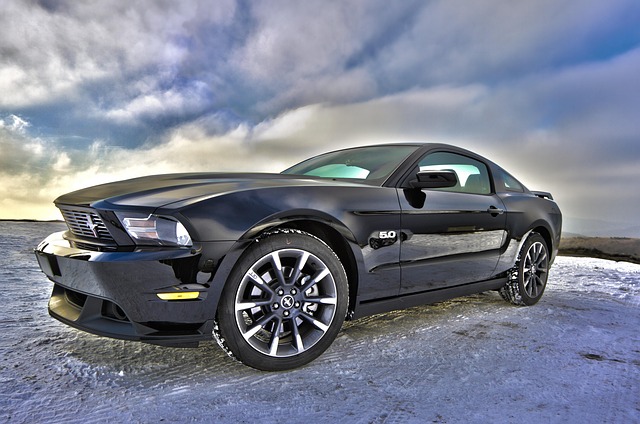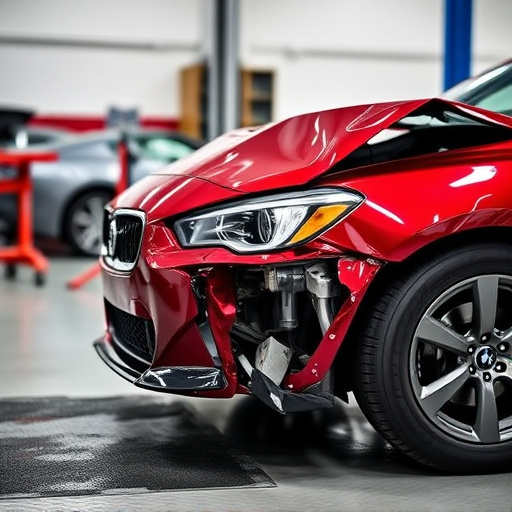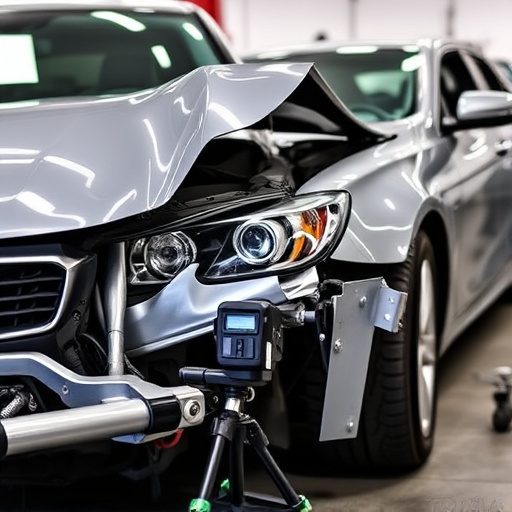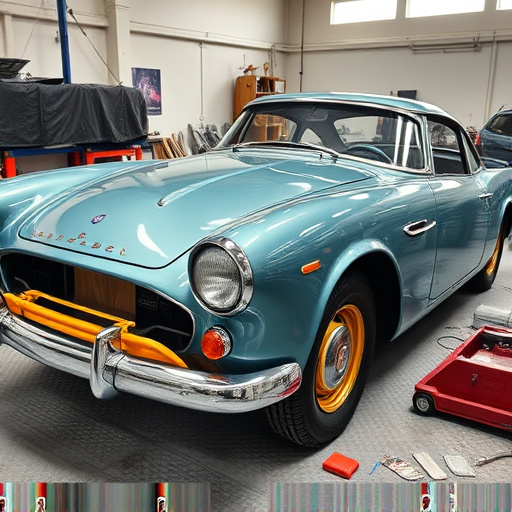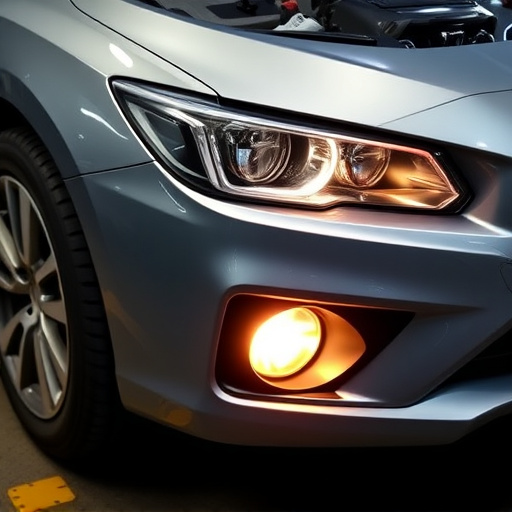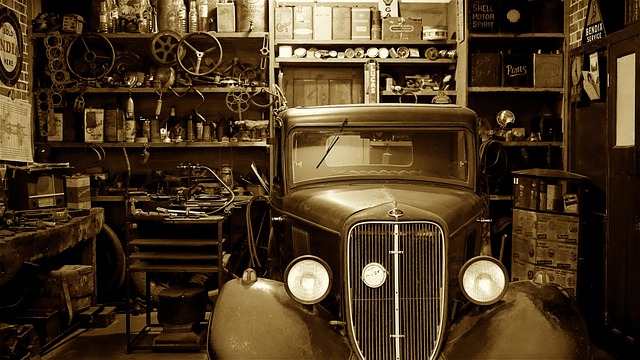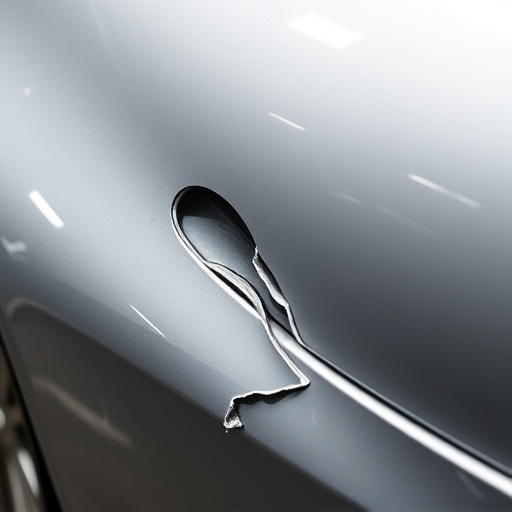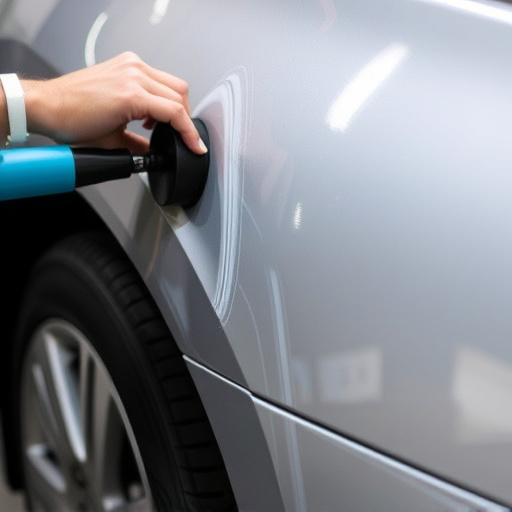The Mercedes head-up display (HUD) improves driver safety by projecting vital information onto the windshield, but accurate calibration is essential for optimal performance, especially in low light. Regular checks and professional calibration services are crucial to maintain clear and accurate data like speed and navigation directions, enhancing night-time driving safety. Issues like visibility problems at night should be addressed by visiting a collision center offering Mercedes repair services, using advanced tools to diagnose and rectify HUD problems. Simple yet effective calibration adjustments can be made by turning off the engine, adjusting settings, and performing on-screen tests; regular calibration is key as environmental changes may impact accuracy. Persistent issues require professional auto body services for advanced display calibration solutions.
Struggling with reduced night visibility on your Mercedes’ head-up display? This comprehensive guide addresses common issues and provides a step-by-step process for calibration. Understanding how your Mercedes head-up display works is key to resolving poor visibility at night. We’ll explore causes, from faulty sensors to software glitches, and walk you through the process of calibrating your display for optimal performance.
- Understanding Mercedes Head-Up Display Calibration
- Night Visibility Issues: Causes and Diagnosis
- Step-by-Step Guide to Calibrating Your Display
Understanding Mercedes Head-Up Display Calibration

The Mercedes Head-Up Display (HUD) is a cutting-edge feature designed to enhance driver visibility and safety by projecting critical driving information onto the windshield. However, proper calibration is essential for optimal performance, especially during low-light conditions like night driving. Calibration ensures that the HUD displays information accurately and at the correct location on the windshield, avoiding distractions or misreading of vital data such as speed, navigation directions, and vehicle warnings.
Understanding Mercedes HUD calibration involves recognizing key components—including the projector, mirror, and software settings—and their interplay. Regular calibration checks, especially after certain car repairs like windshields or headlight services, are crucial to maintain peak performance. Visiting a reputable auto repair shop for professional HUD calibration can resolve night visibility issues, ensuring a safer and more comfortable driving experience.
Night Visibility Issues: Causes and Diagnosis

Night visibility issues can significantly impact driving safety, especially for Mercedes owners. Common causes include poor lighting conditions, such as heavy rain or fog, which can reduce the clarity and brightness of the road ahead. Additionally, aging or damaged headlights and windshield wipers can contribute to reduced night time vision. In some cases, issues with the vehicle’s head-up display (HUD) calibration may also play a role, reflecting distorted or inaccurate information onto the driver’s line of sight.
Diagnosing night visibility problems requires careful observation and testing. Drivers should notice if certain conditions consistently impair their view, like squinting or straining to see the road signs or other vehicles. A visit to a collision center offering comprehensive collision repair services can help identify specific issues. Advanced diagnostic tools used by trained technicians can uncover problems related to headlights, wipers, and even HUD calibration, ensuring proper vehicle restoration and enhanced safety for night-time driving.
Step-by-Step Guide to Calibrating Your Display

Calibrating your Mercedes Head-Up Display (HUD) is a straightforward process that can significantly enhance night visibility. Here’s a step-by-step guide to ensure your display functions optimally, keeping you safe on the road during low-light conditions. Start by turning off the engine and allowing the car to sit for a few minutes, giving the system time to cool down. Next, access the HUD settings through the vehicle’s central control unit or infotainment system. Look for options related to display calibration or night mode. Adjusting these settings will tweak the brightness, contrast, and color balance of your HUD.
Follow the on-screen prompts to perform a series of tests. These typically involve positioning your head at different angles and distances from the display to ensure accurate tracking. During this process, you may need to adjust the HUD’s projection distance or angle using the controls on your steering wheel or dashboard. Once the system registers successful calibration, test the display in various lighting conditions, including dimly lit parking lots and highways under streetlights. Regular calibration is essential, as factors like temperature changes and wear over time can impact the accuracy of your Mercedes HUD. Opt for professional auto body services if any issues persist, as collision repair experts can offer advanced solutions for display calibration and car bodywork maintenance.
Mercedes Head-Up Display (HUD) calibration is a simple yet effective solution for improving night visibility. By understanding the causes of poor HUD performance in low-light conditions and following a step-by-step guide, you can ensure your Mercedes’ HUD projects clear, accurate images. Regular calibration ensures optimal visibility, enhancing safety and driving enjoyment, especially during nighttime drives. Remember, proper calibration is key to getting the most out of your vehicle’s cutting-edge technology.

